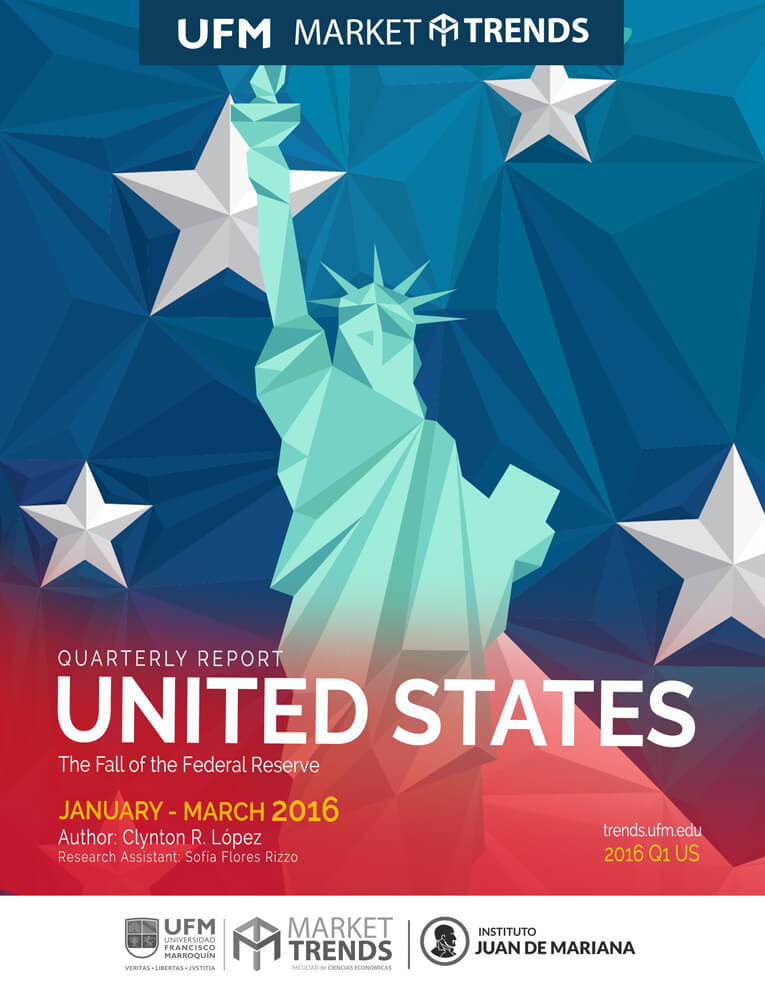After the 2008 crisis and seven years of near-zero interest rates, the U.S. Federal Reserve appears to have lost its traditional power in the last decade. With annual interest rates below 2.4% in 2015 and 1.4% during the last quarter, the American economy’s slow growth is a far cry from its potential.
After the 2008 crisis and seven years of near-zero interest rates, the U.S. Federal Reserve appears to have lost its traditional power in the last decade.
With annual interest rates below 2.4% in 2015 and 1.4% during the last quarter, the American economy’s slow growth is a far cry from its potential.
After having reached a low of 4.9% during the past two months, the unemployment rate has returned to 5%. Although the economy has created jobs, it has not kept up with the increase in the workforce. The unemployment data is not conclusive, but it is not reassuring either.
In the commercial banking sector, there has been a 1% year-on-year growth of credit across all interest rate types, while shadow banking shows a decrease of around 6% in housing credit.
Although new automobile sales continue to show positive growth, they are nowhere near what is typically expected during an expansionary economic period.
Economic agents probably overestimated the impact that an increase in interest rates would have on the economy. This is evinced by the devaluation of the U.S. dollar against the Euro so far in 2016.
It is probably good news that the Federal Reserve does not have a more powerful impact on the American economy than it does.



